Scaling up: photographer James Casebere’s miniature worlds
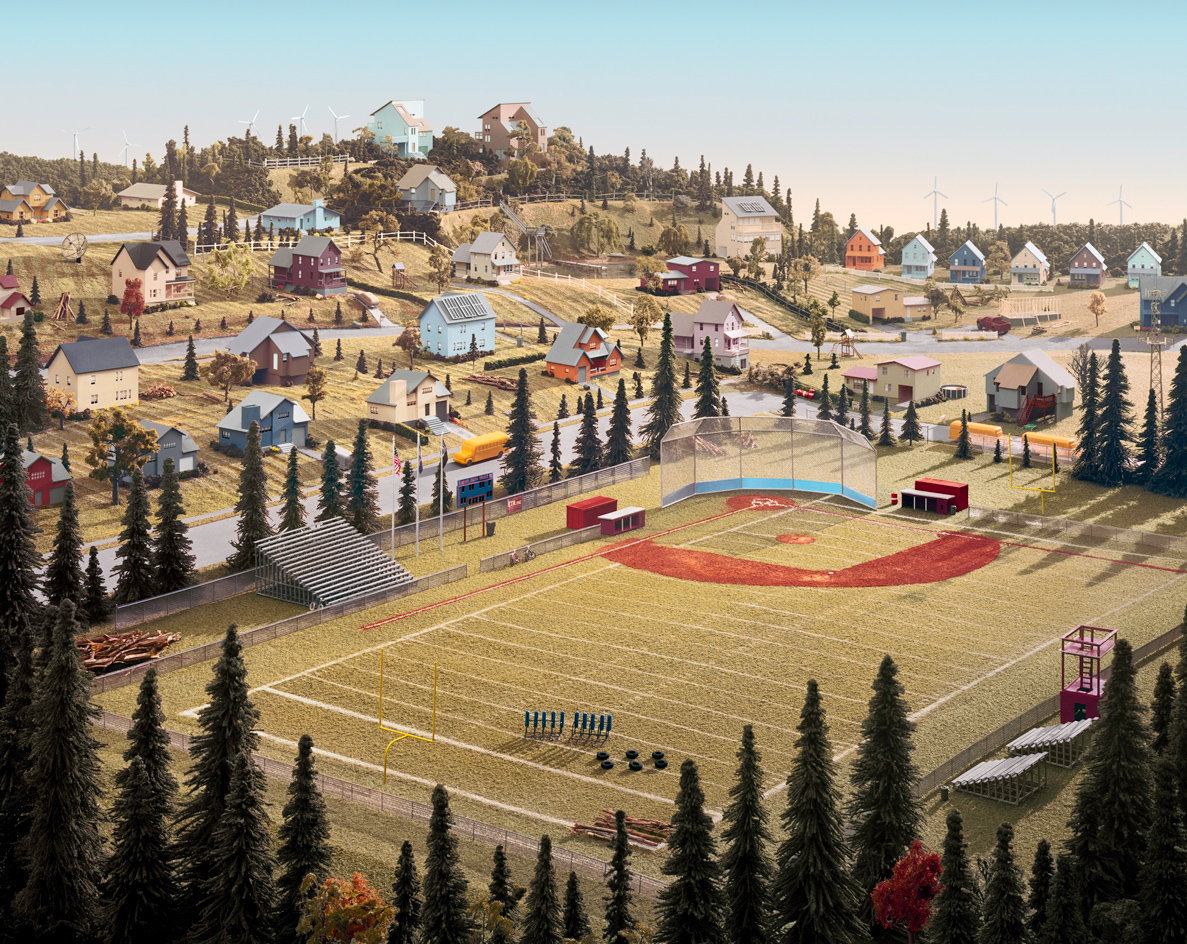
American conceptual photographer James Casebere is fascinated by architecture. Throughout an illustrious and diverse career, he has captured the flooded corridors of grand mansions to the bare spaces of prison cells, to ancient water tunnels in Bologna and the Jewish Ghetto in Venice. These images, however, share a common quirk: none of the buildings photographed are real, at least not in the traditional sense. Instead, they are impeccably detailed, self-made models.
A new exhibition at Bozar in Belgium will display one of these sculptures, Screw Device (1991), along with related photographs. 'The exhibition space here is very special,' Casebere says of the antechambers of the Victor Horta-designed Centre for Fine Arts, where the show takes place. 'It comprises a round space at the centre, and the photographs appear in adjacent, radial galleries like the spokes of a wheel.'
This tendrillar layout literally places the sculptures at the core of Casebere's practice, which has become more and more complex over the years. 'The models can take anywhere from one night to several months to build,' he explains. 'The landscapes are constructed from cardboard, chicken-wire, plaster cheesecloth, and covered with artificial flora. The miniature houses have a foam core, but are later drawn in 3D modelling software, laser cut and air-brushed in different colours.'
Perhaps it is this lengthy, process-driven approach that gives the images there characteristic sterility – else it is the lack of humans. An empty sports field is made emptier still by the lack of children playing; a picture-postcard, whitewashed house is left to turn a neglected shade of brown. Blank, monochrome interiors invoke the unblemished walls of a mental asylum. Later photographs (Cloudy/Sunny Skies, Landscape with Houses) share this disquieting air, made more pronounced by the ironically chirpy colour palette.
These lonely, absurdist worlds aren't without humour. Earlier works like Bed Upturning its Belly at Dawn (1976) have a comedic simplicity that Casebere is keen to return to. 'At the moment I am trying to learn from my earlier, more spontaneous ways of making and bring back a sense of humour to the photographs,' he reveals. 'One gets to a certain point, when their main influence is the history of their own work to date.'
The Bozar exhibition covers over 40 years of this history. The exhibition is hot on the heels of another extensive retrospective at the Haus der Kunst in Munich, suggesting that Casebere is having a much-deserved European moment in the spotlight.
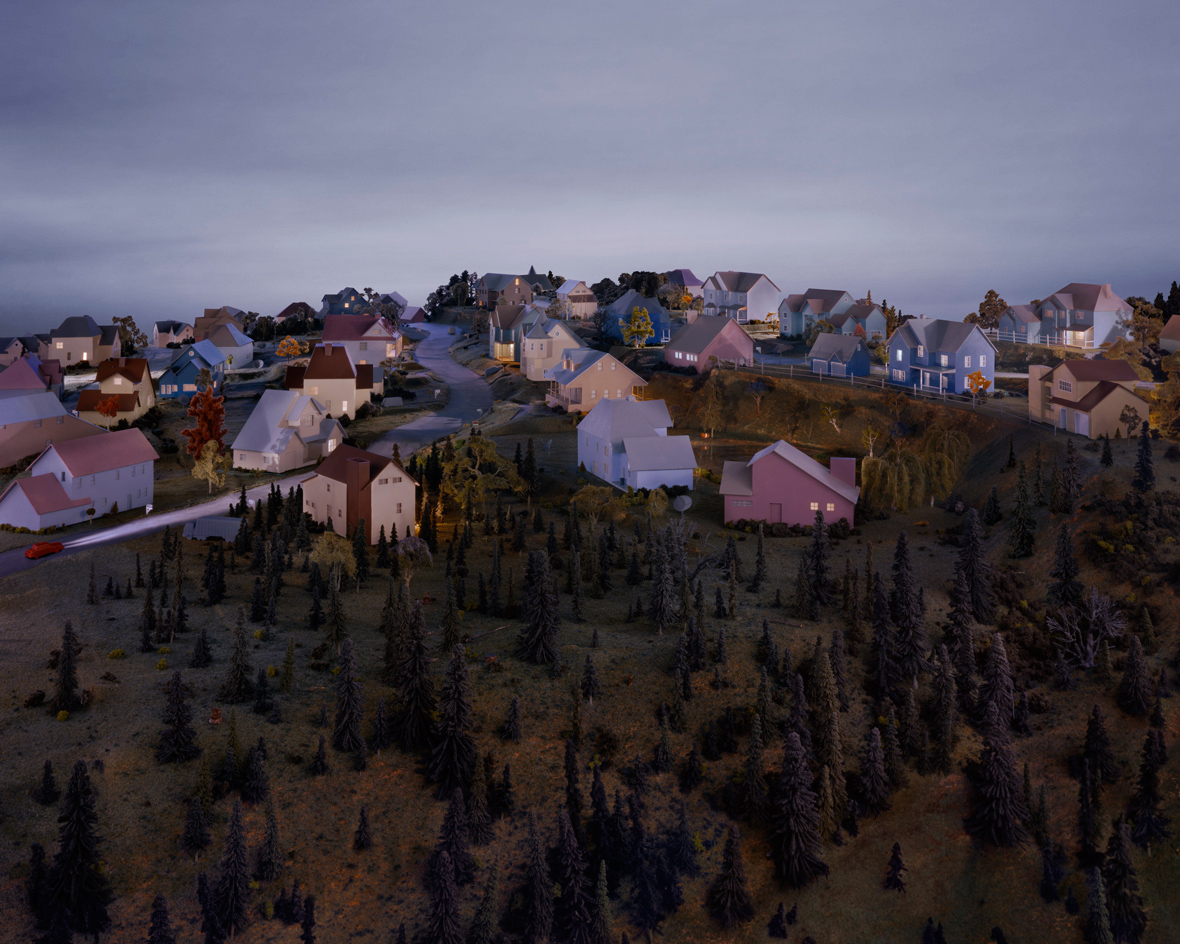
The American conceptual photographer is fascinated by architecture. Pictured: Landscape with Houses (Dutchess County NY) #9, 2010. Courtesy the artist and Galerie Daniel Templon, Paris and Brussels
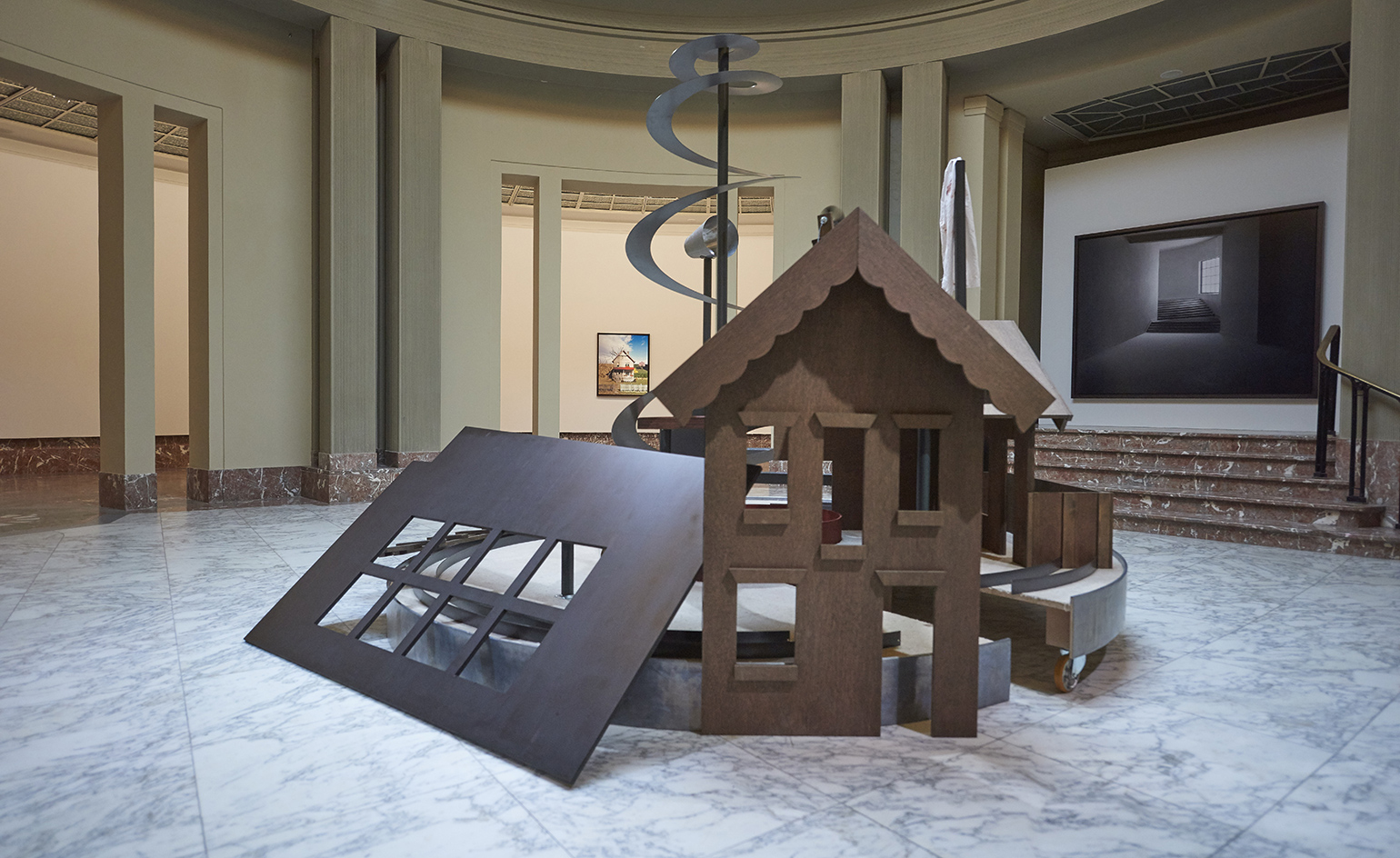
His images share a common quirk: none of the buildings photographed are real. Instead, they are impeccably detailed, self-made models
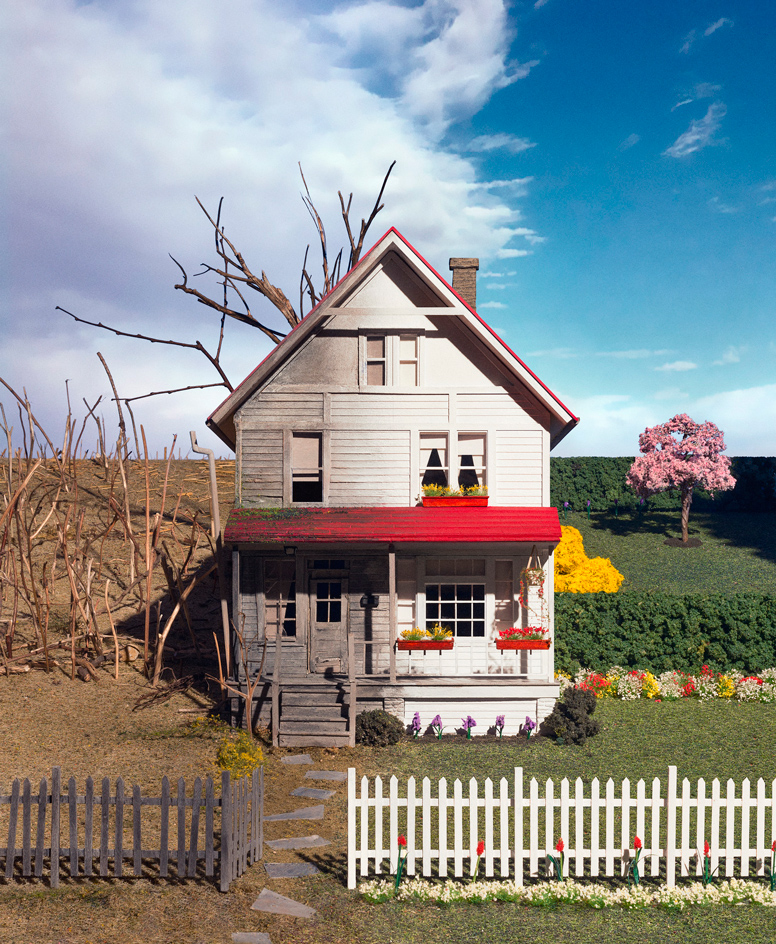
At Bozar, Casebere's scale models will be displayed alongside the photographs, blurring the boundaries between where the process ends and the art begins. Pictured: Cloudy/Sunny Skies, 2013. Courtesy the artist and Sean Kelly, New York
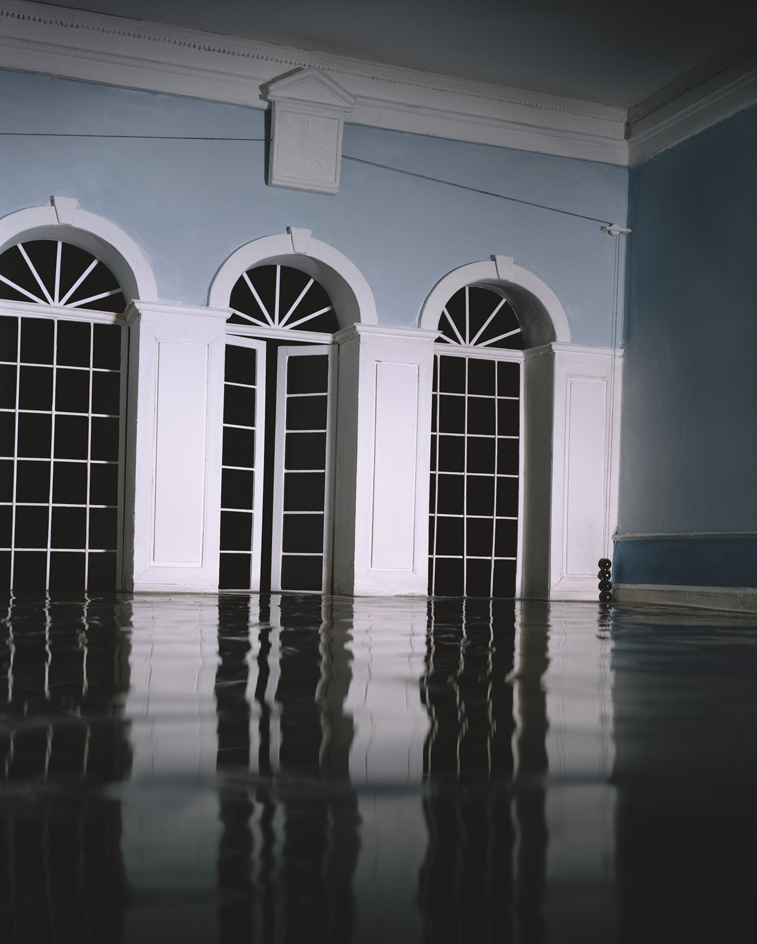
Monticello #1, 2001. Courtesy the artist and Galerie Daniel Templon, Brussels and Paris

The blank greyscale interiors that feature heavily in his earlier works conjure images of the unblemished walls of a mental asylum. Pictured: Turning Hallway, 2003. Courtesy the artist and Galerie Daniel Templon, Brussels and Paris
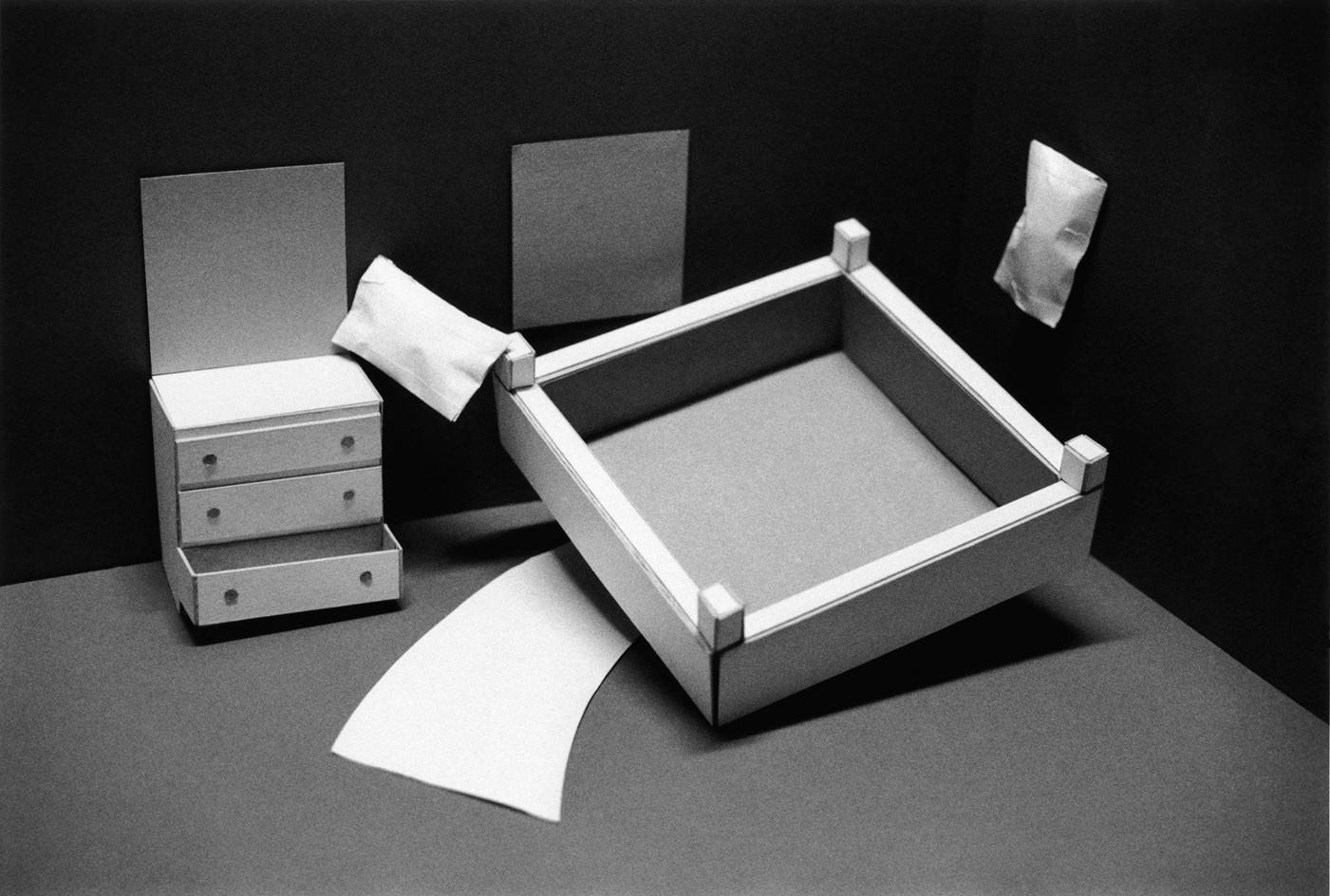
Bed Upturning its Belly at Dawn, 1976. Courtesy the artist and Lisson Gallery, London, Milan and New York
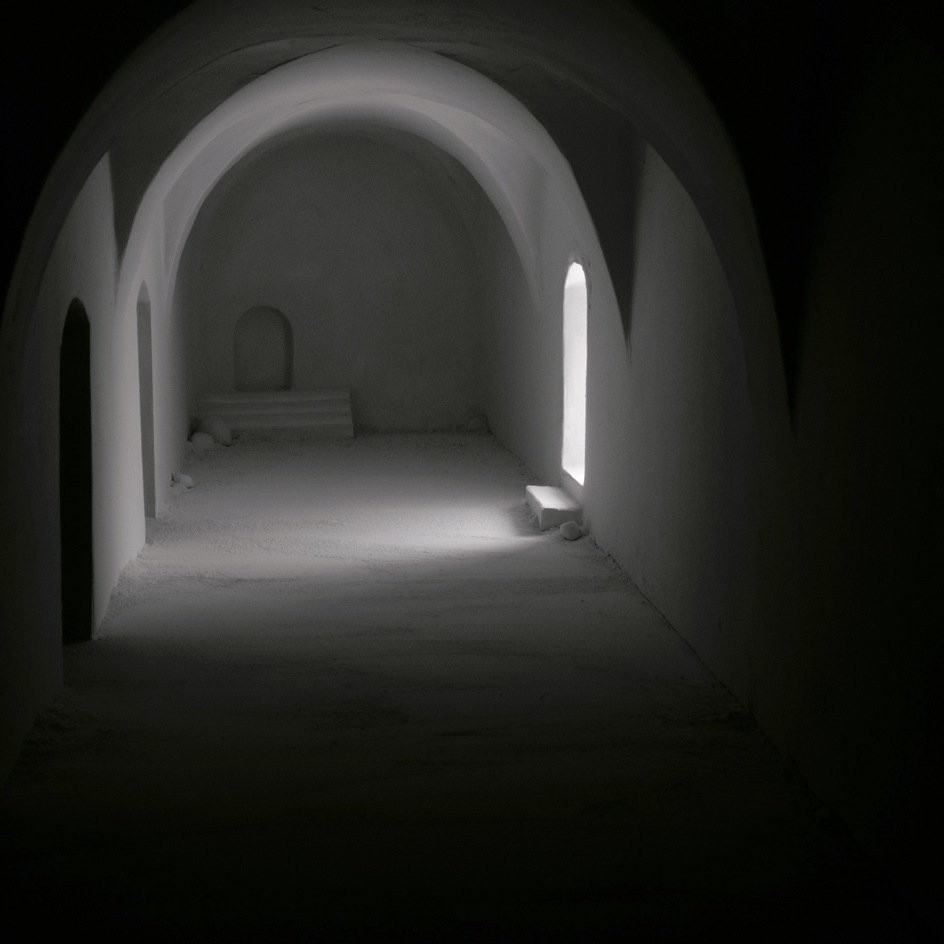
Vaulted Corridor #2, 2001–2002. Courtesy the artist and Galerie Daniel Templon, Paris and Brussels

Having trained with, and subsequently taught alongside, contemporary photography stalwart John Baldessari, Casebere is a modern master of the 'staged' tableau
INFORMATION
’After Scale Model: Dwelling in the Work of James Casebere’ is on view until 4 September. For more information, visit the Bozar website
ADDRESS
Bozar Centre for Fine Arts
Rue Ravenstein 23
1000 Brussels
Receive our daily digest of inspiration, escapism and design stories from around the world direct to your inbox.
Elly Parsons is the Digital Editor of Wallpaper*, where she oversees Wallpaper.com and its social platforms. She has been with the brand since 2015 in various roles, spending time as digital writer – specialising in art, technology and contemporary culture – and as deputy digital editor. She was shortlisted for a PPA Award in 2017, has written extensively for many publications, and has contributed to three books. She is a guest lecturer in digital journalism at Goldsmiths University, London, where she also holds a masters degree in creative writing. Now, her main areas of expertise include content strategy, audience engagement, and social media.
-
 Studio Urquiola’s immersive Kvadrat textile forest is inspired by the Nordic landscape
Studio Urquiola’s immersive Kvadrat textile forest is inspired by the Nordic landscapeDuring Chart 2025, Studio Urquiola and Danish designers Tableau team up to present a textile installation showcasing Kvadrat’s nature-inspired new collection
-
 The new Plaud Note Pro deploys AI to transform the spoken word into searchable data
The new Plaud Note Pro deploys AI to transform the spoken word into searchable dataThe Note Pro promises full-on conversational AI, a pocketable device that can capture roundtable chats and correctly attribute speakers, thoughts and action points. Help or hindrance?
-
 10 things not to miss at London Design Festival 2025
10 things not to miss at London Design Festival 2025We bring you the best new installations, exhibitions and products to launch at London Design Festival 2025 (13–21 September)
-
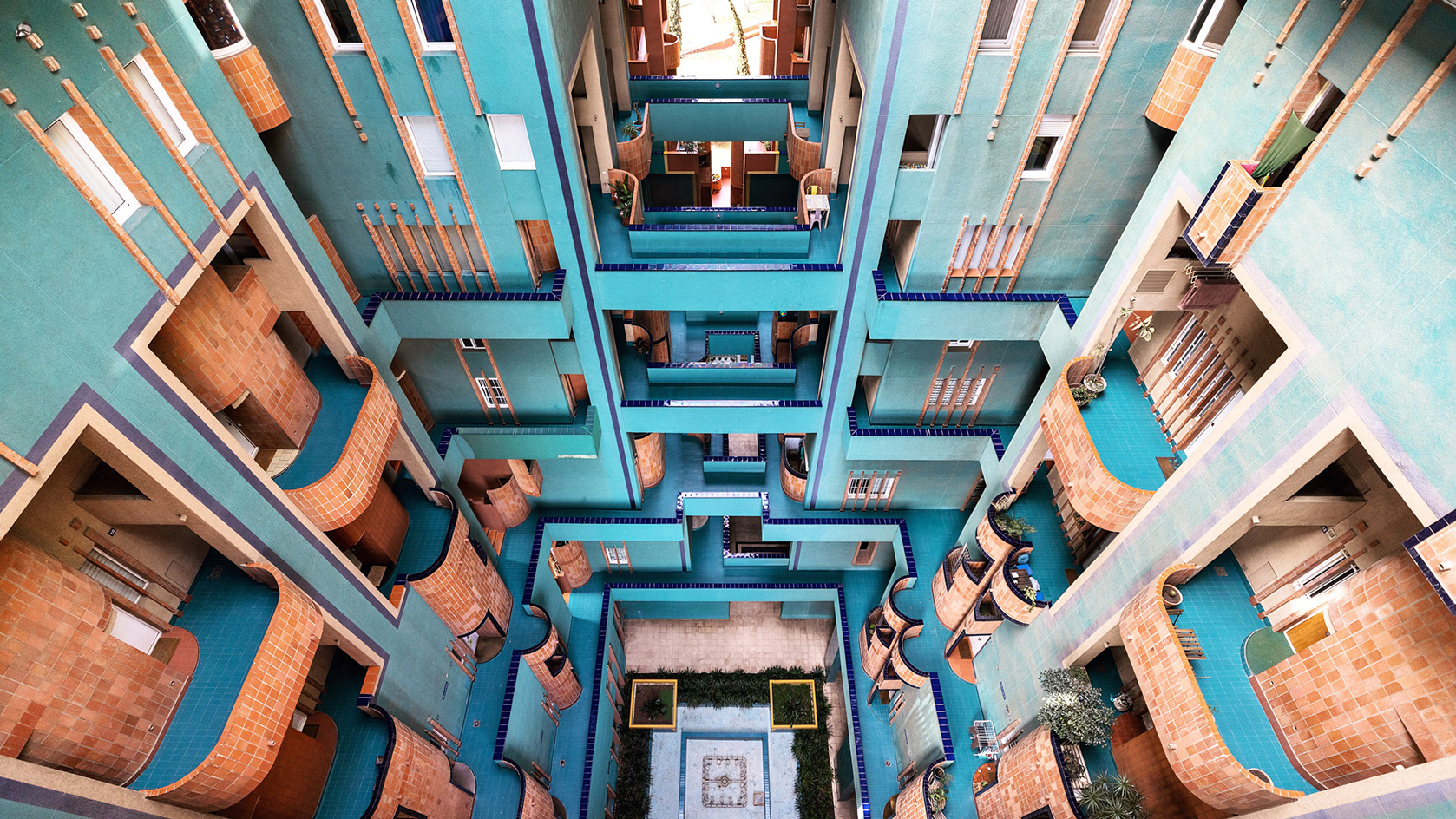 Inside Ricardo Bofill’s Walden 7, a cathedral of postmodern curiosity
Inside Ricardo Bofill’s Walden 7, a cathedral of postmodern curiosityA new series by architectural photographer Sebastian Weiss takes us on a tour of Walden 7, Ricardo Bofill’s majestic Catelonian apartment building – a cathedral of utopian curiosity and community
-
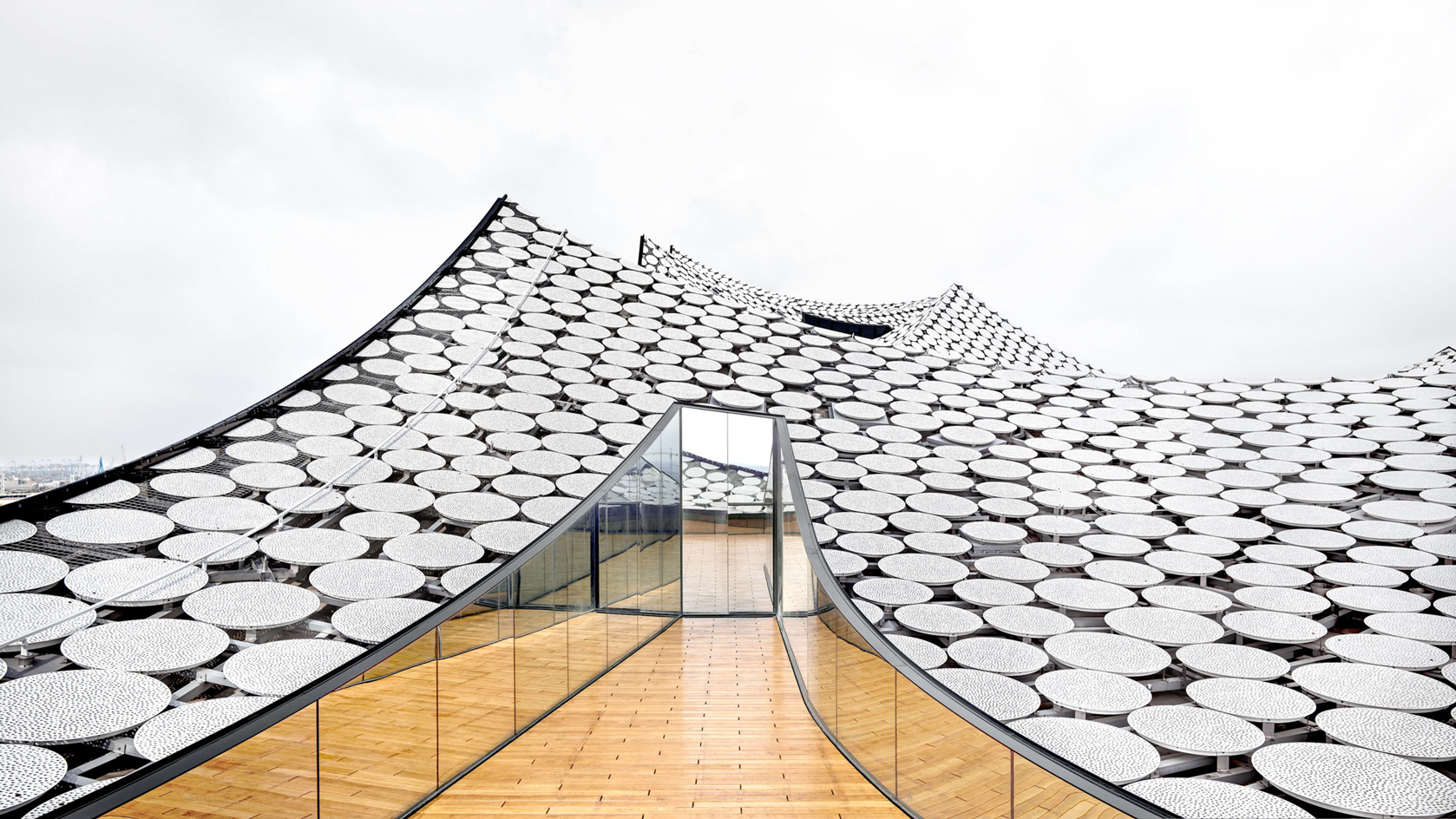 Heaven on Earth: architect Toshiko Mori curates Candida Höfer’s sublime new photography show
Heaven on Earth: architect Toshiko Mori curates Candida Höfer’s sublime new photography showAt Sean Kelly, New York, architect Toshiko Mori is curating a new show by Candida Höfer, spanning a 30-year period of the German photographer’s spatially sublime work
-
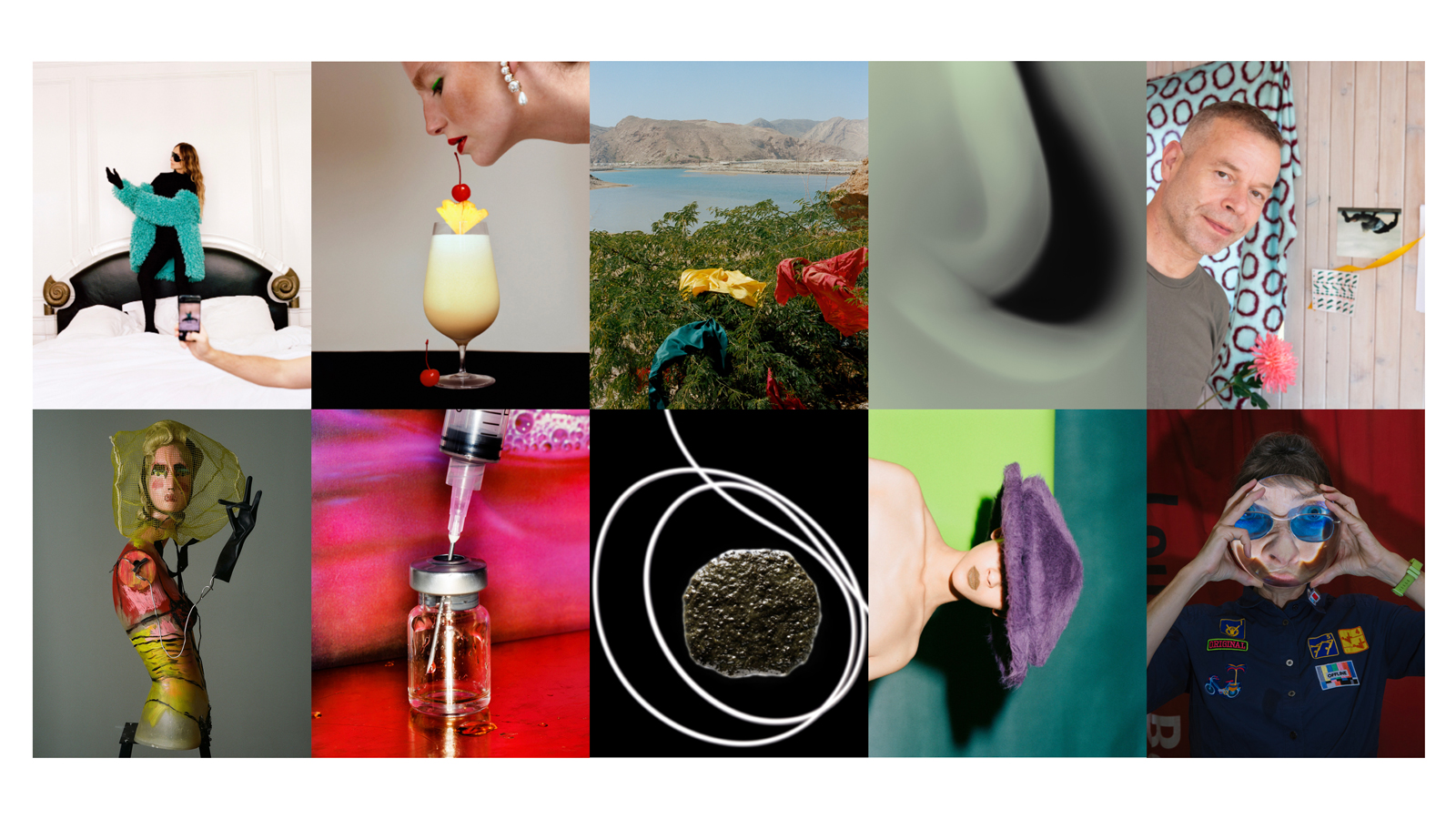 10 Wallpaper* photography moments of 2022, from piña coladas to Pipilotti Rist
10 Wallpaper* photography moments of 2022, from piña coladas to Pipilotti RistThe most memorable Wallpaper* photography moments of 2022, courtesy of our esteemed photo desk
-
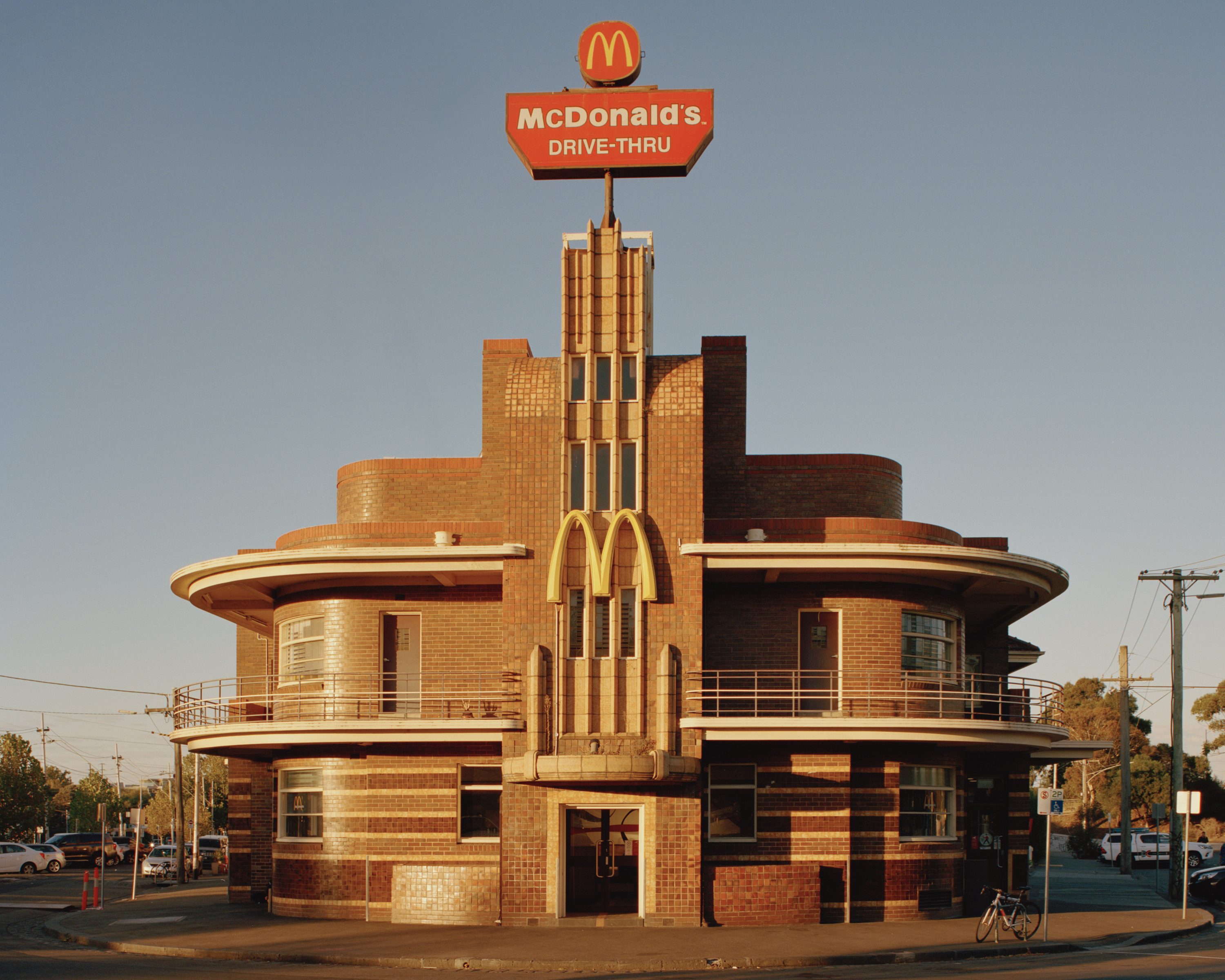 ‘Site Unseen’ explores viewing and documenting architecture through photography
‘Site Unseen’ explores viewing and documenting architecture through photographyThe Center of Contemporary Photography in Melbourne invites us to ‘Site Unseen', an exhibition about different ways of viewing and documenting architecture
-
 Ricardo Bofill’s La Muralla Roja as captured by Sebastian Weiss
Ricardo Bofill’s La Muralla Roja as captured by Sebastian WeissAs a tribute to architecture icon Ricardo Bofill (1939 – 2022) we revisit Hamburg-based photographer Sebastian Weiss’ captivating photo series on ‘La Muralla Roja’, first published in 2020
-
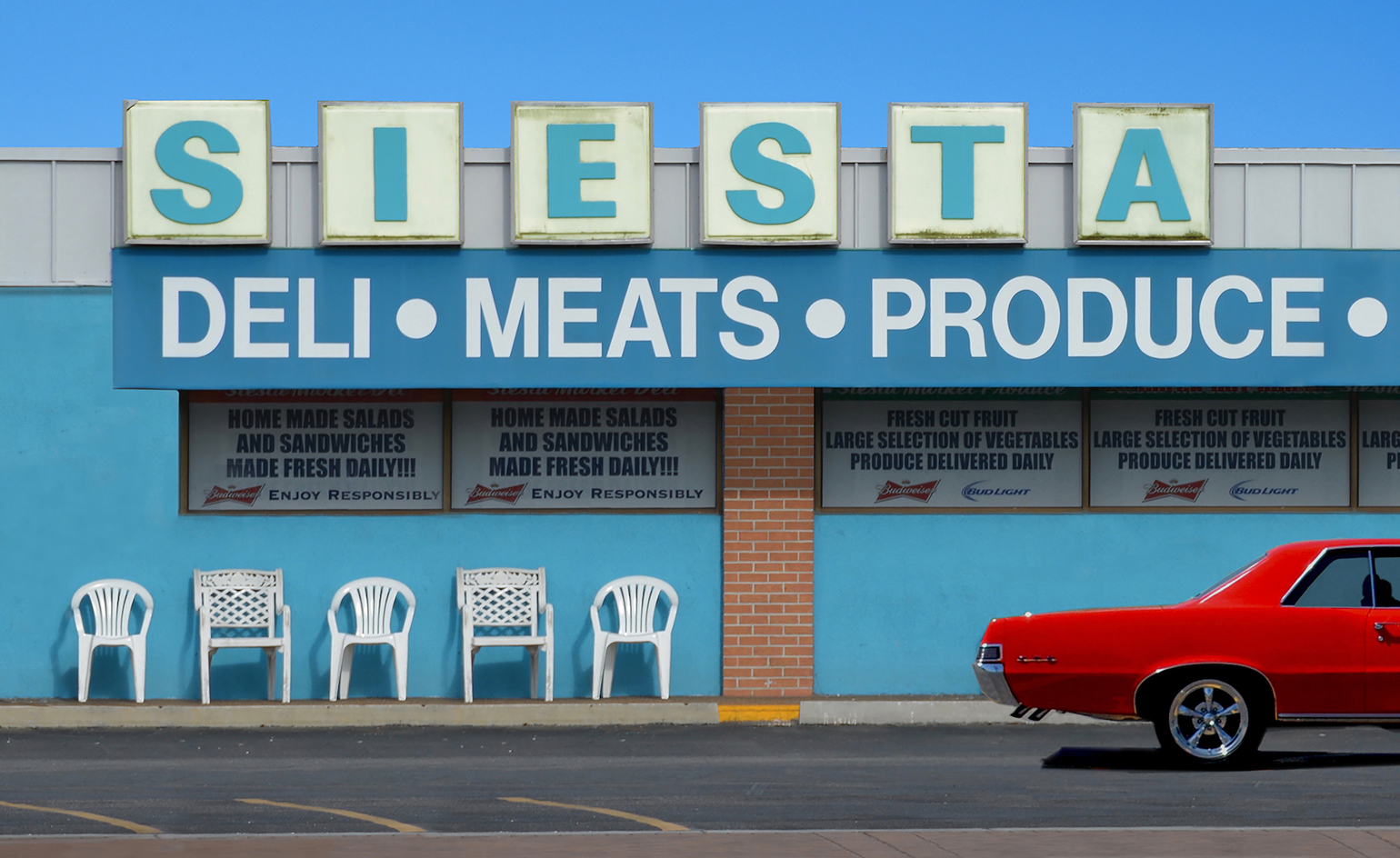 A photographic trip through America’s roadside façades
A photographic trip through America’s roadside façadesIn her ongoing series, The Mother Road, Hayley Eichenbaum documents the tainted romanticism of roadside architecture on Route 66 in the American Southwest
-
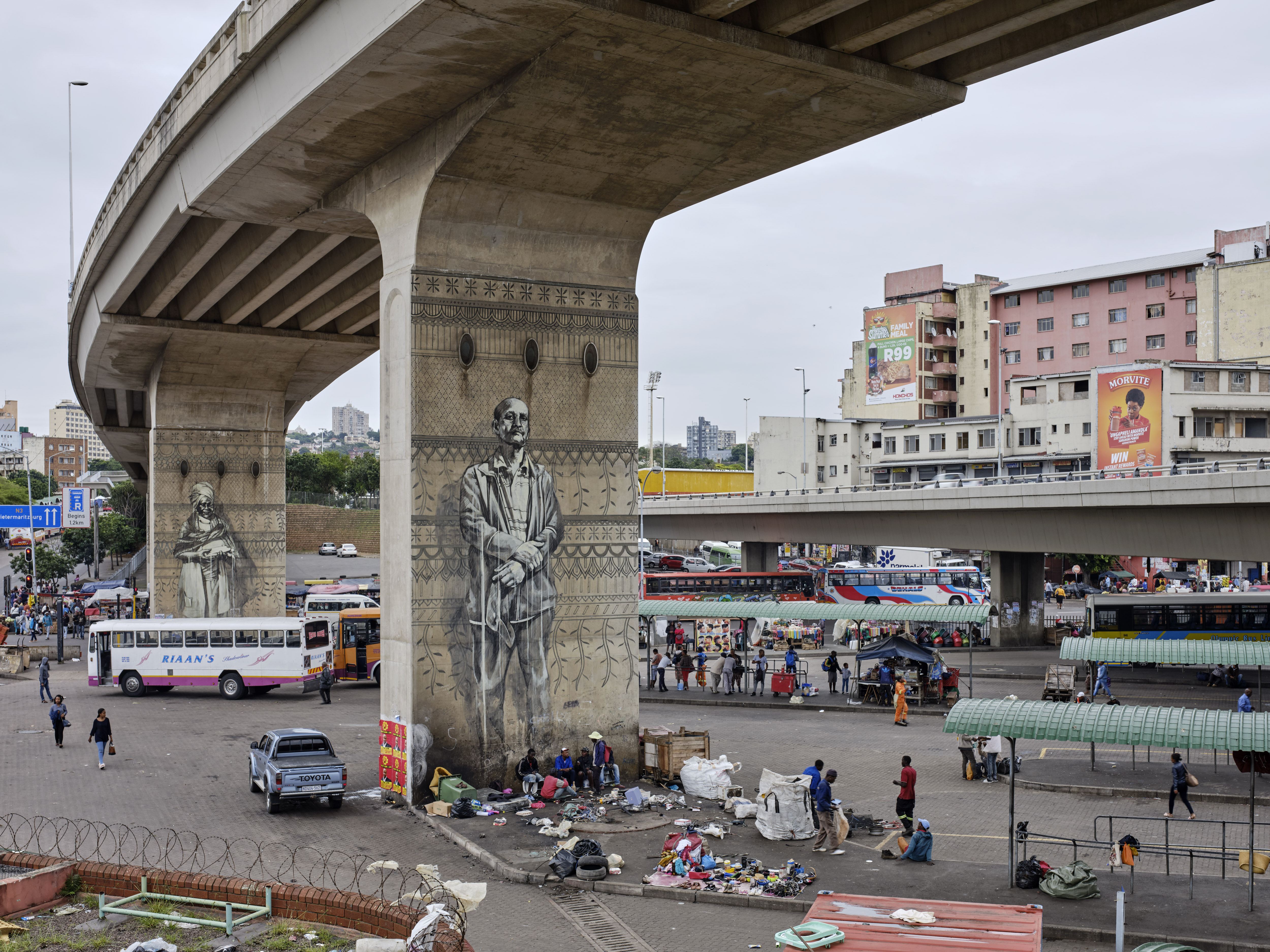 Architectural photographer Dennis Gilbert (1951-2021): an appreciation
Architectural photographer Dennis Gilbert (1951-2021): an appreciationArchitectural photographer Dennis Gilbert has died aged 70. Founder of View Pictures, one of the foremost agencies for architectural imagery, and an honorary fellow of RIBA, he helped shape our perception of contemporary architecture
-
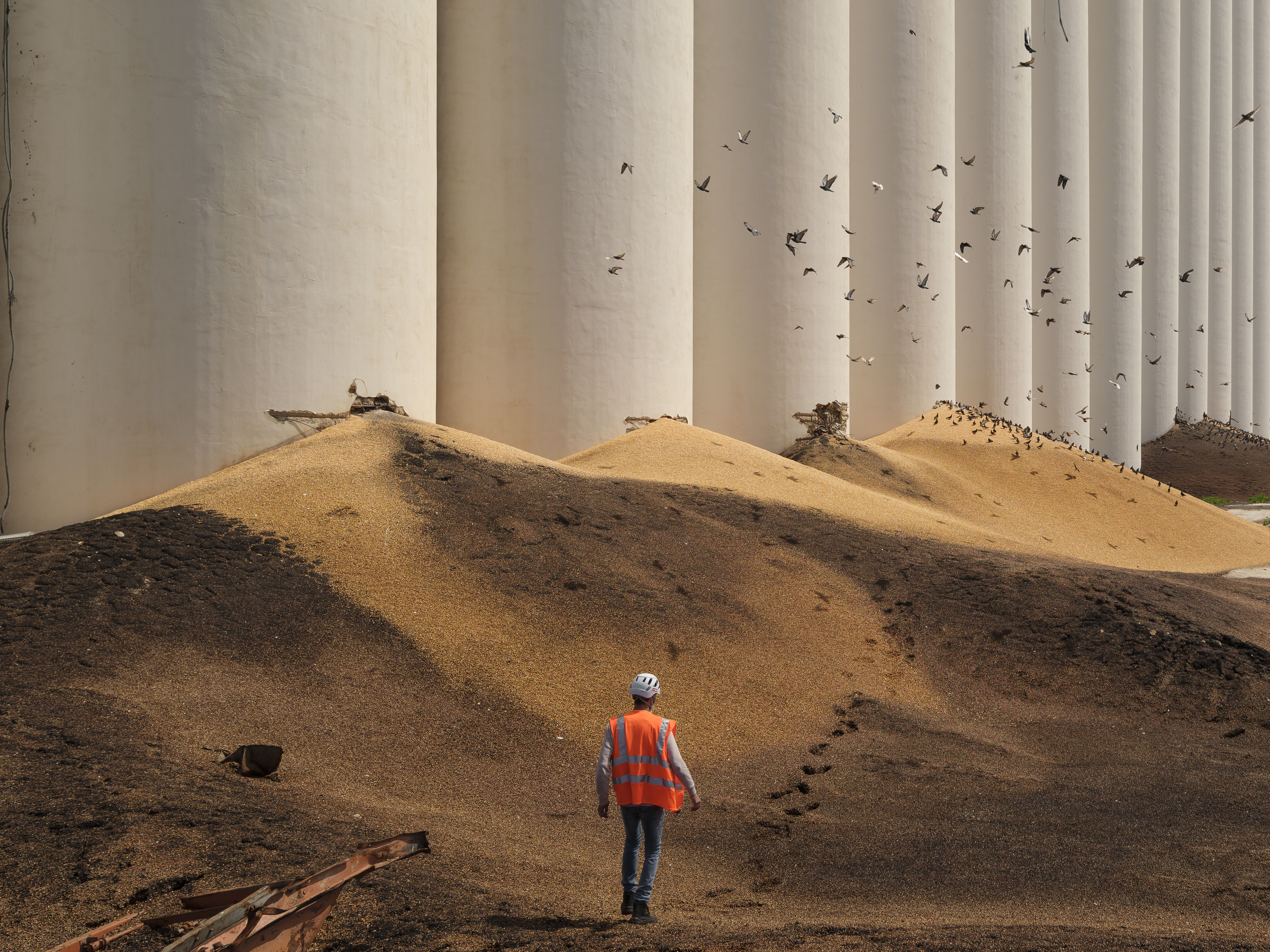 Photographer Dia Mrad captures aftermath of 2020 Beirut explosion
Photographer Dia Mrad captures aftermath of 2020 Beirut explosionArchitecture-trained photographer Dia Mrad’s first solo show, ‘The Road to Reframe', captures local architecture after the Beirut explosion of 2020, in terrible, dramatic, ‘surrealist' stillness